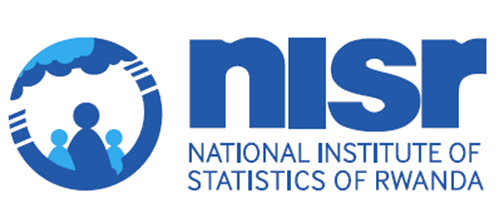Datasource:
FinScope Survey
Period:
6th September - 8th October 2024.
Sampling:
14,000 households
Financial inclusion in Rwanda has reached 96% (7.8 million) up from 93% in 2020, getting closer to the universal access of 100% set target. There has been huge growth in formal financial inclusion or formally served from 77% (5.4 million) in 2020 to 92% (7.5 million) in 2024 surpassing the set target of 90% by 2024.
Uptake and use of other formal non-bank products and services have drastically increased to 92% (7.5 million) from 75% (5.3 million) in 2020 driven largely by mobile money. The proportion of banked individuals remained similar with a slight increase in absolute numbers to 2020 (22%/1.6 million in 2020 vs 22%/1.8 million).
While informal mechanisms or informally served continue to be relevant alternatives for adult Rwandans, there has been a decline to 72% (5.9 million) in 2024 from 78% (5.6 million) in 2020. Only 4% (316,000) of Rwandan adults are neither using formal nor informal financial products and or services (i.e. financially excluded).
The Rwanda FinScope 2024 findings show that there has been a substantial increase in formal financial inclusion (insurance, pension, and mobile money) since 2020, reducing the number of adults who are exclusively dependent on informal mechanisms to just 4% in 2024 from 16% in 2020. Progressively, the number of excluded adults has reduced from 7% in 2020 to 4% in 2024. These results highlight great efforts made and areas for improvement as we continue to improve the lives of Rwandans.
There has been an increase in Rwandans using mobile money for financial transactions. About 86% (6.9 million) of Rwandans own or have used mobile money, while adults with registered mobile wallet in their names went up from 60% or 4.3 million in 2020 to 77% or 5.8 million in 2024.
There has been significant growth in the use of mobile money services since 2020, with increased usage of mobile money on a daily and weekly basis in 2024 (19% and 21%, respectively) compared to 2020 (which recorded 4% daily and 13% weekly), but a decline for monthly usage.
This may be attributed to the role of mobile money in addressing the cash needs of households and adjustments made as coping mechanism during COVID-19 pandemic.
Money transfers, airtime purchases, and bill payments are among the services available to mobile money users. It is encouraging to note that transactions performed via mobile money go beyond remittances.
